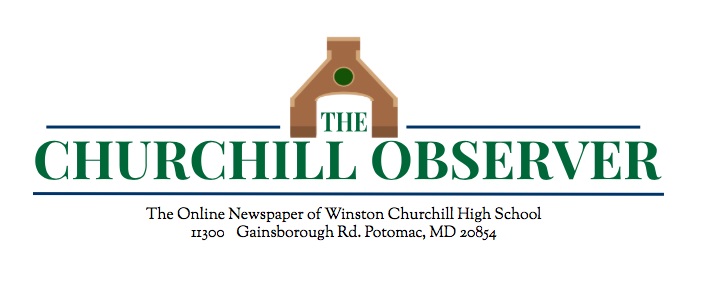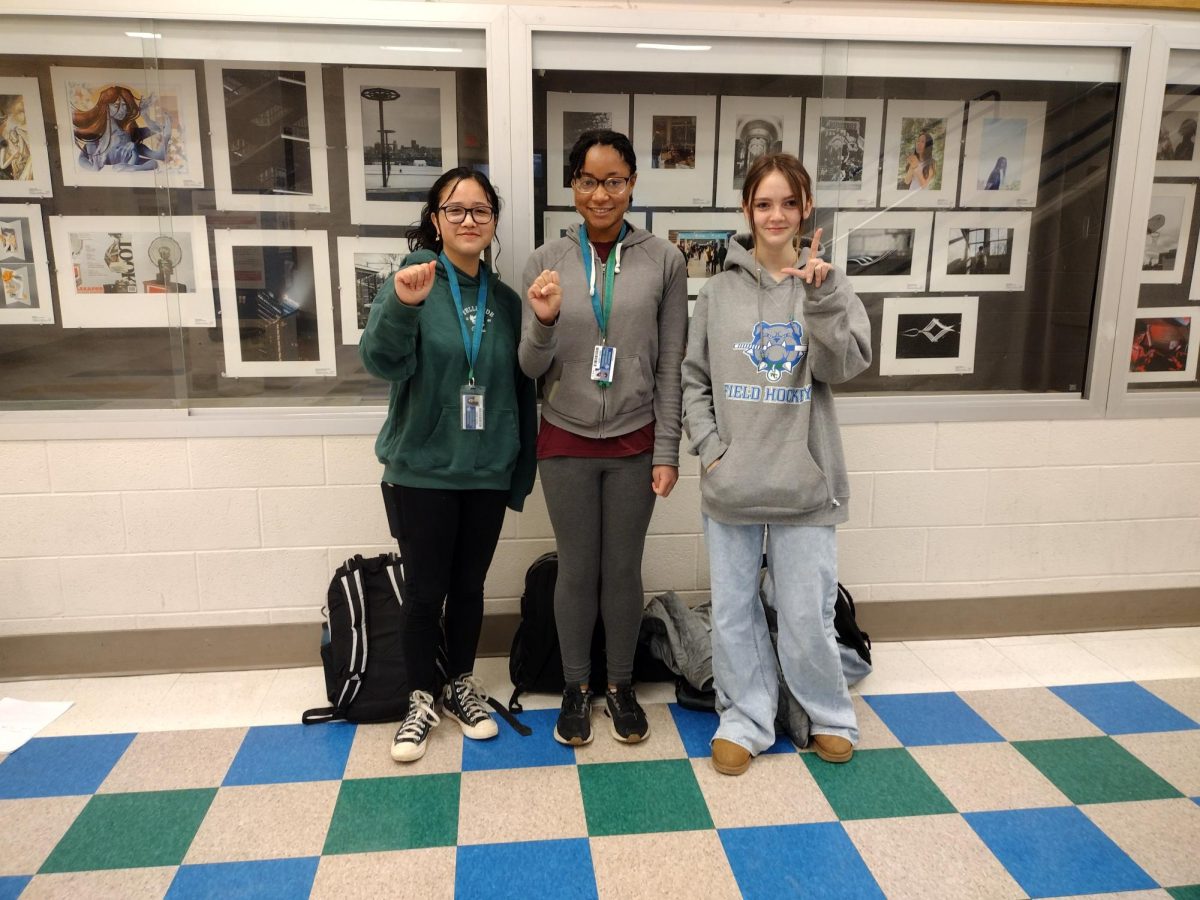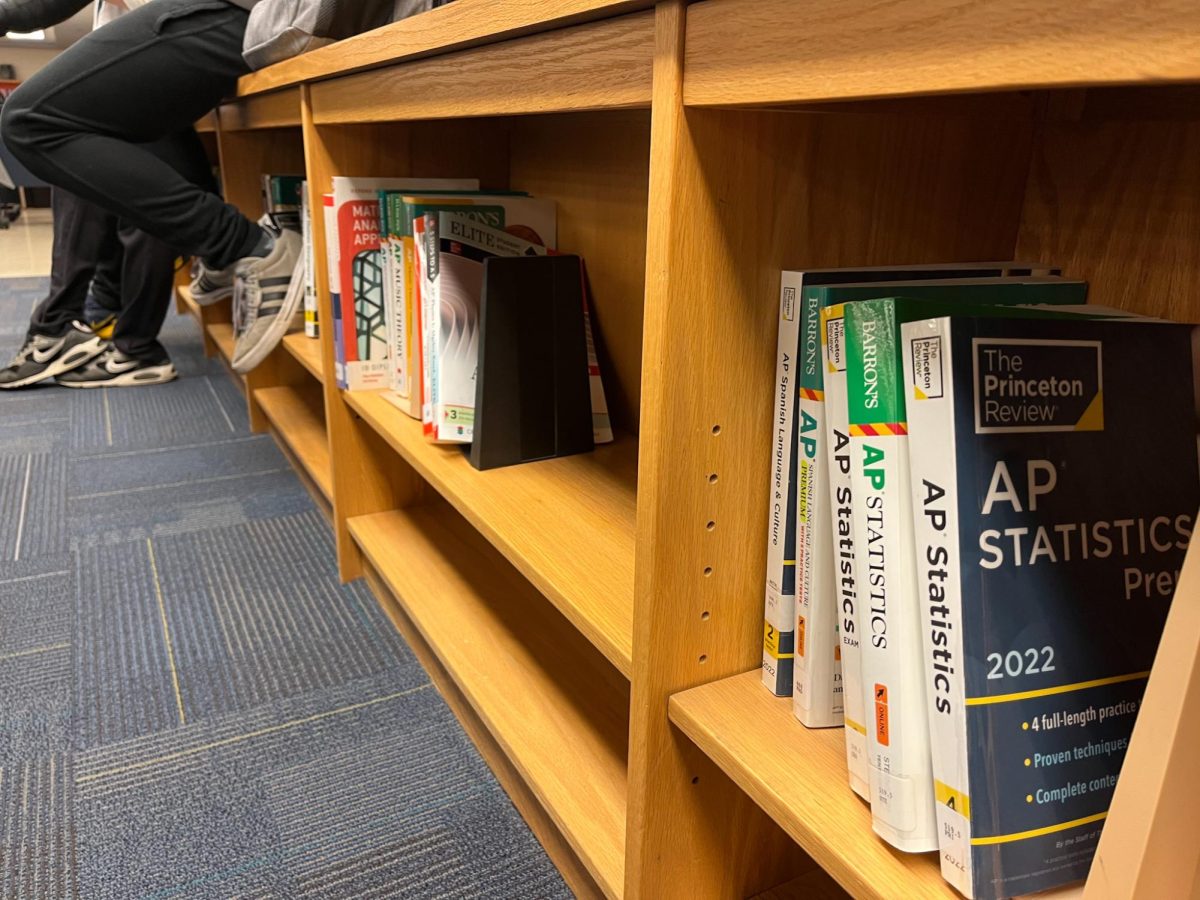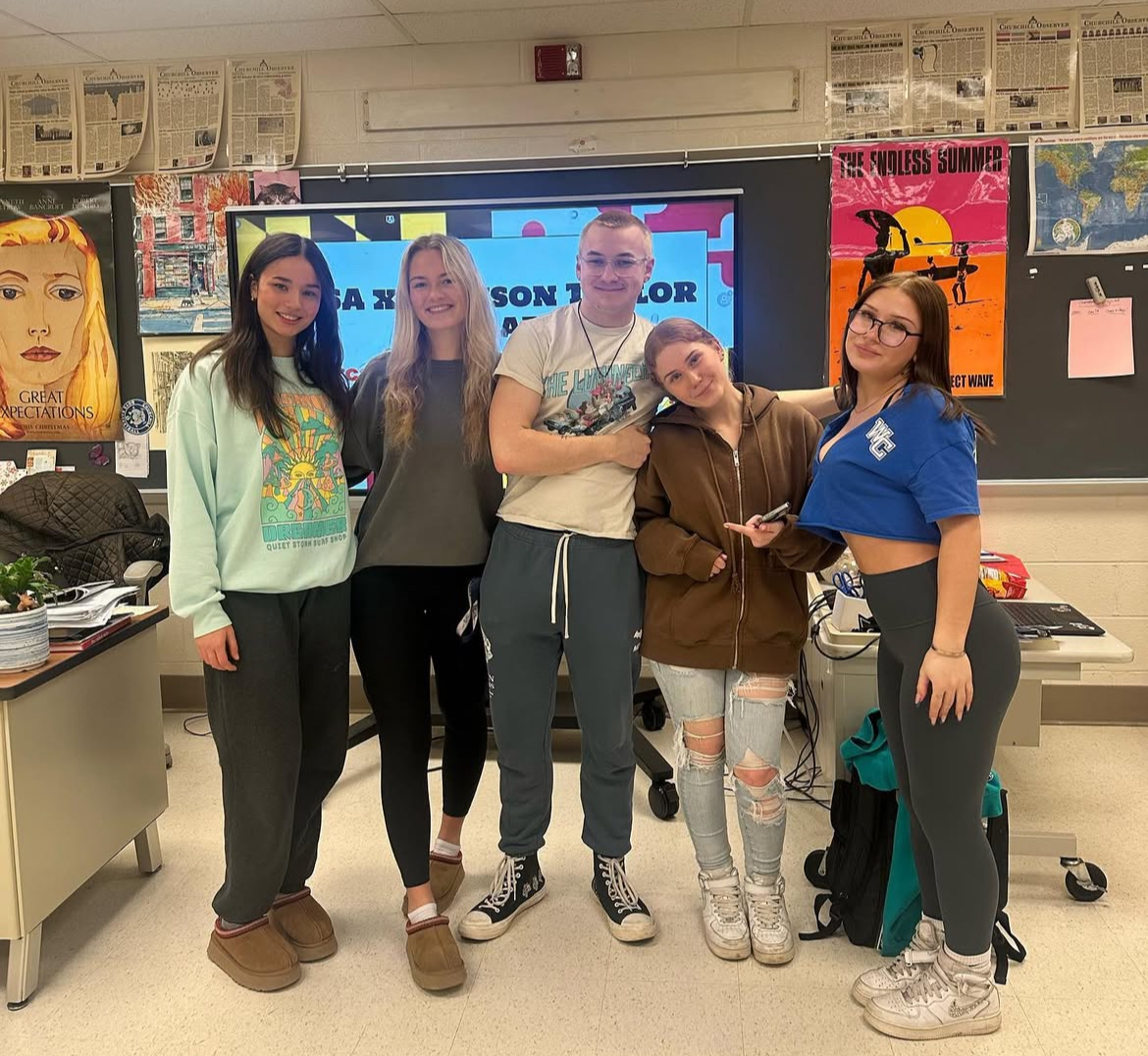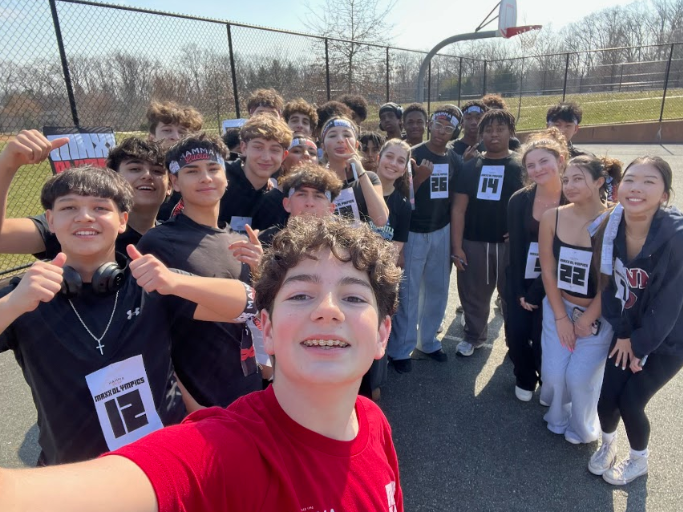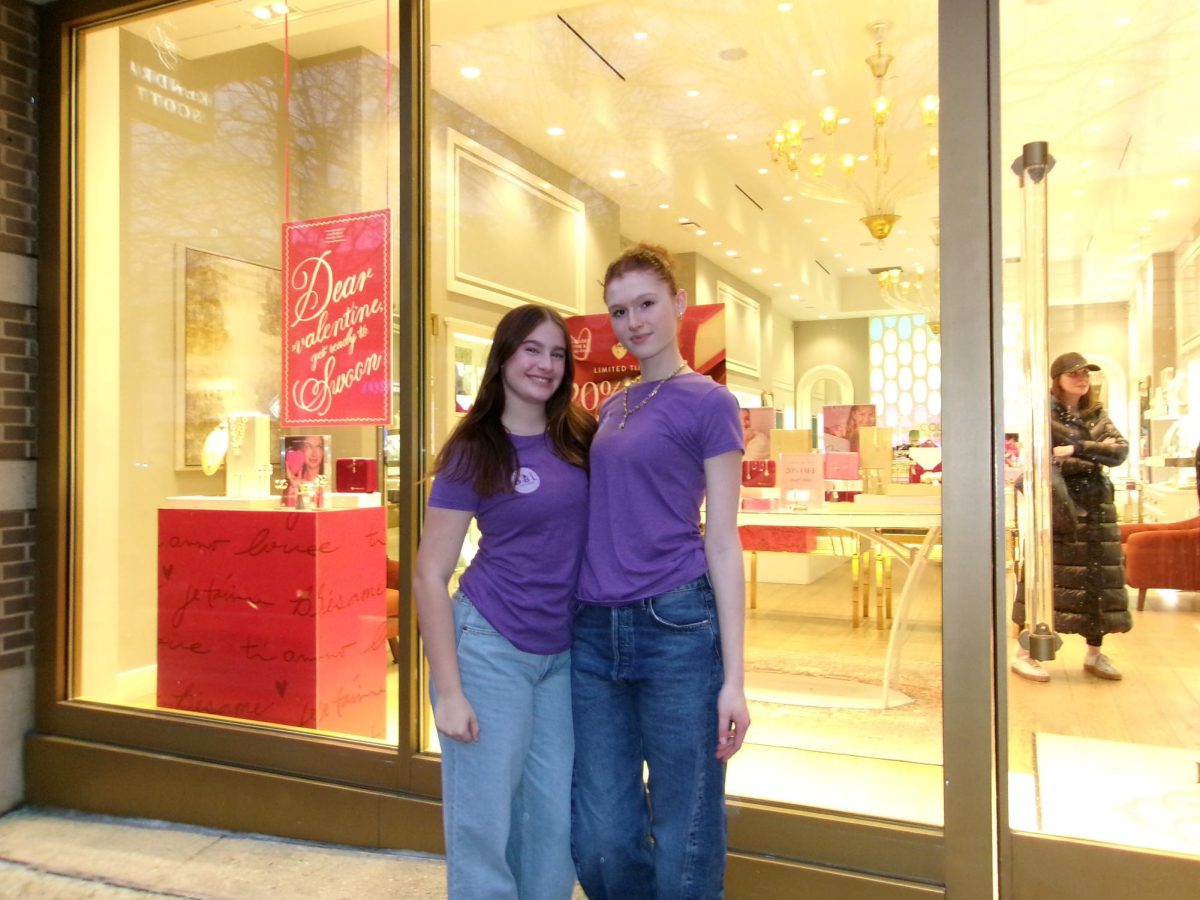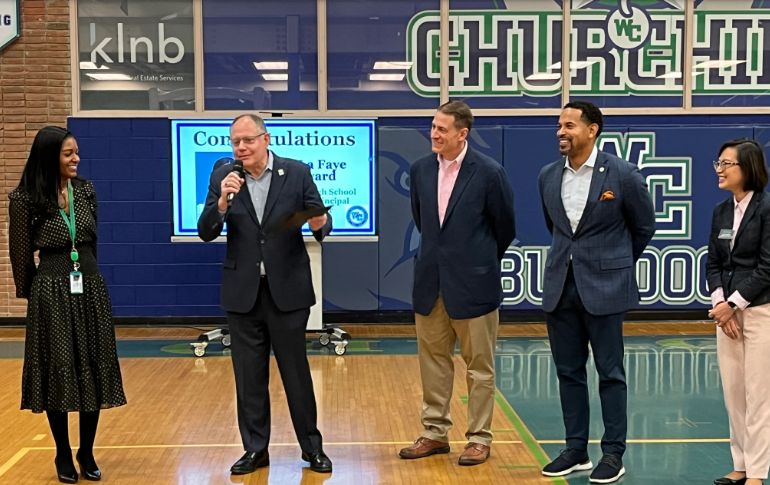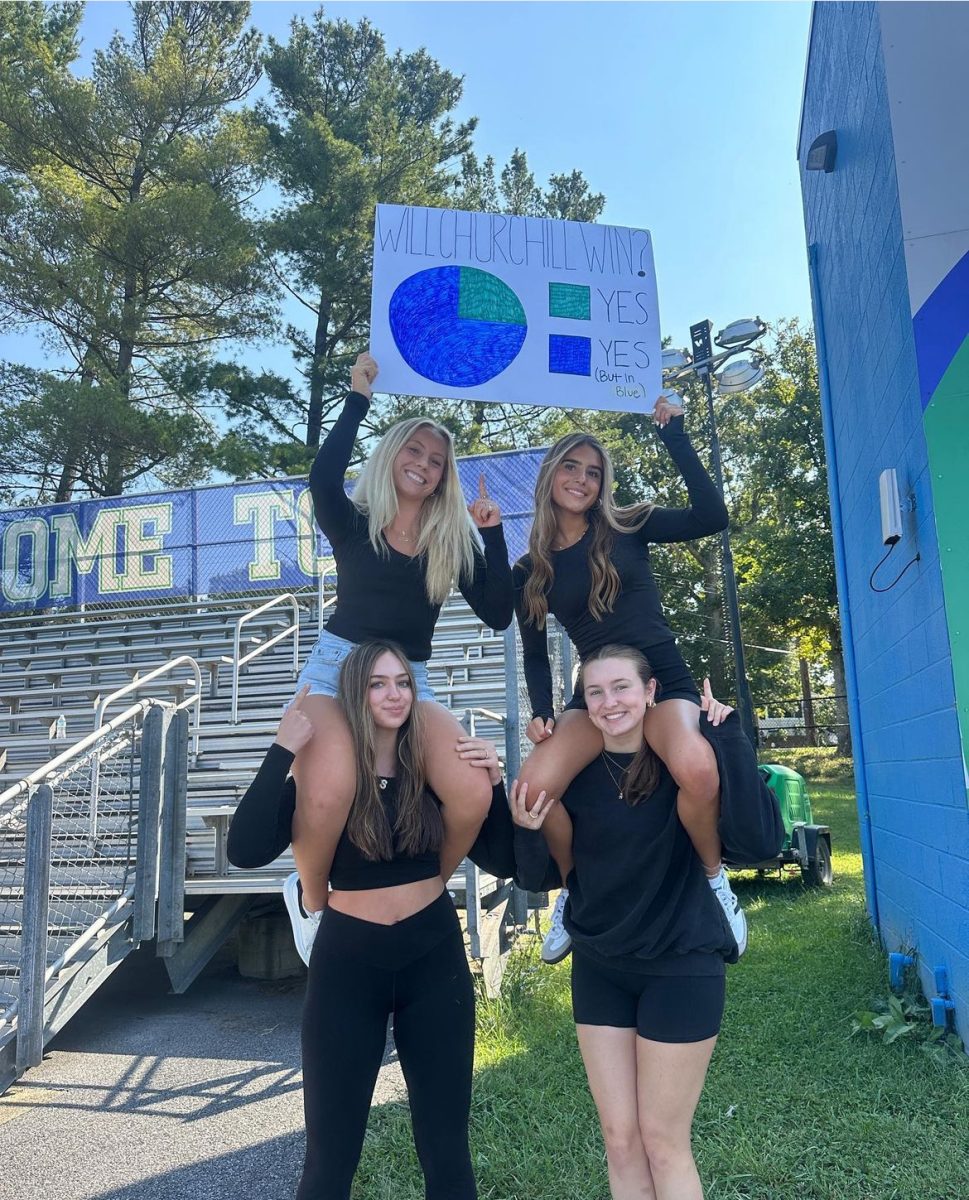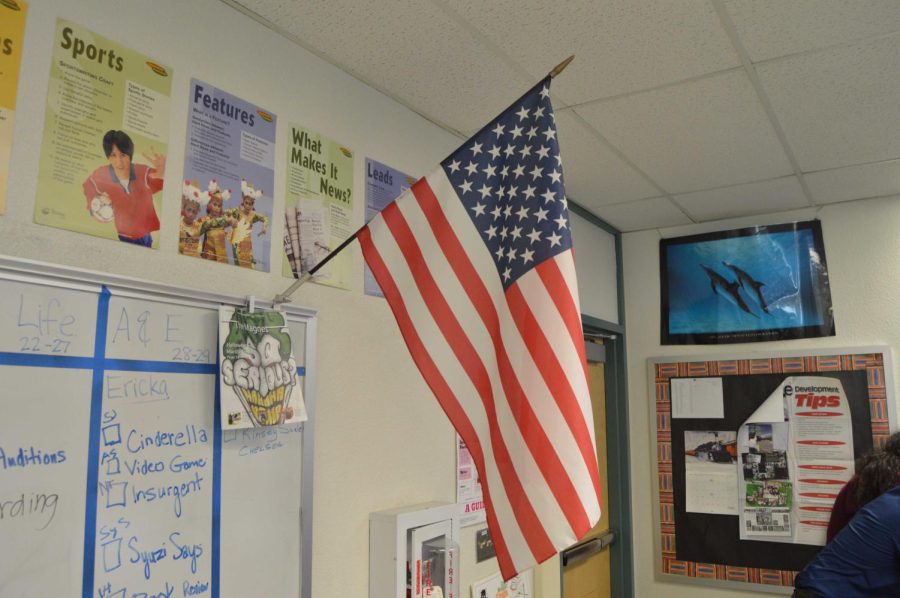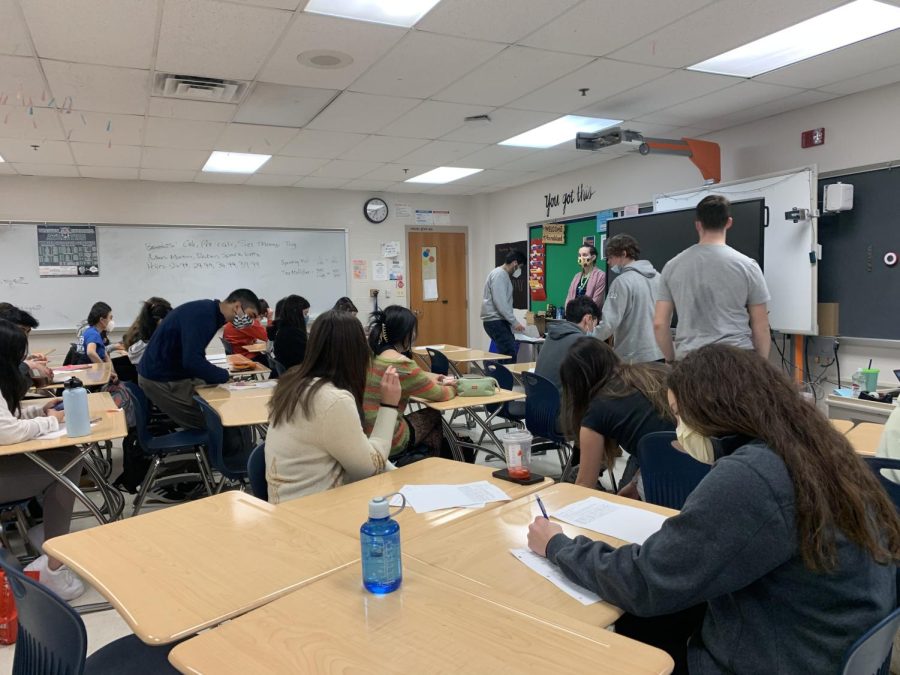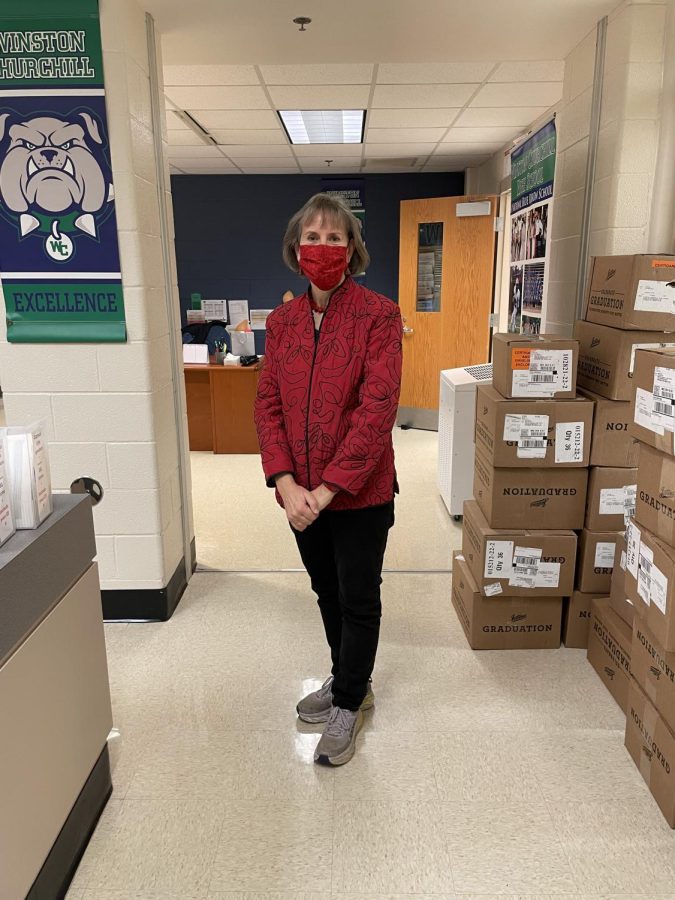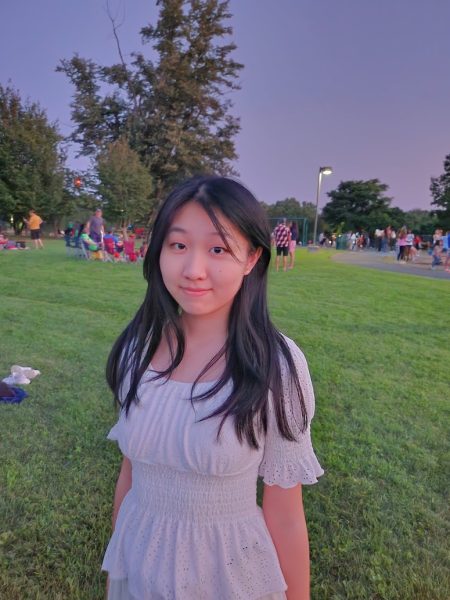From Spanish to Chinese to French, WCHS offers a diverse selection of world languages. Out of all these options, one language stands out due to its unique form of expression: American Sign Language (ASL). In WCHS’ ASL course taught by Mr. Lothridge, students are encouraged to think in English but communicate through physical movements. Beyond the classroom, ASL students can connect with the Deaf community and its unique culture.
“Students should consider taking ASL if they want to learn a unique and cool visual language and fully utilize the language center of their brain and expand their intelligence,” Lothridge said. “I have worked as a teacher for the past 17 years. As a Deaf individual, I have always felt it was important to have as many people learn and know ASL as possible.”
Born “profoundly” deaf, Lothridge’s journey with ASL began when he was 2-years old in a Deaf preschool program, which provided him with the foundations he needed to communicate with the world around him. Lothridge’s relationship with ASL evolved into teaching, driven by a desire to help others connect with the language. He began by teaching his brother, wife and children. To further the spread of ASL, Lothridge decided to challenge himself by teaching the language to “hearing” students.
“My biggest challenge as a Deaf ASL teacher is usually trying to get my students to turn their voices off and to leave their ‘English brain’ at the door,” Lothridge said. “It is hard to do when students are so used to talking and hearing all day long, and since I am deaf, I cannot hear when they are talking. I do use several classroom tools to identify when students are talking, but it is a constant challenge.”
For WCHS sophomore Adaora Holder, this year marks the beginning of her journey with ASL. In her first year of ASL, there has been a major learning curve to conquer, but Holder is set on learning the language to connect with her family and the Deaf community.
“I found out that my cousin, who has autism, uses ASL,” Holder said. “He learned ASL first, [and] it took him a while to learn English. That connection made me curious about ASL. At first, it felt like there were so many signs to memorize. It is different from spoken languages [because] you have to use your hands and body to communicate. It is a new way of thinking, but it is also fun and rewarding once you get the hang of it.”
Implementing a new language into daily life and exploring things related to it—whether it be locations, foods or customs—is one of the best ways to learn both the language and culture. WCHS students have found a way to communicate through ASL in their daily lives, turning a classroom learning experience into a meaningful yet fun real-world experience.
“My favorite part of teaching ASL is seeing students learn new signs and becoming comfortable enough to ‘gossip’ with each other in sign language.” Mr Lothridge said. “I also enjoy taking them on trips to Gallaudet University, the only four-year liberal arts university for Deaf people in the world, in Washington, DC.”
ASL courses differ from a normal world language course in more ways than one. Since ASL is rarely offered in middle schools, many students get their first ASL learning experience in high school. With the majority of students sticking with a language course like Spanish, French or Chinese, many remain unaware of the ASL course and its immersive experience. As a student who formerly took four years of Spanish, Holder is aware of these differences and finds herself adjusting to the unique environment of ASL.
“ASL is less about written assignments and more about visual learning,” Holder said. “For example, in Spanish, we had a lot of packets and Socratic seminars, but in ASL, we learn by watching and practicing signs. It is more interactive and hands-on.”
ASL is not just beneficial to the individual, it is also a good way to be inclusive and supportive of the Deaf community. Students have many opportunities to use ASL outside of the classroom in the future, whether through simple interactions like helping someone who is Deaf, using it at a concert where talking is not possible or applying their skills to future careers.
“It is important to experience different cultures, and the Deaf community is a unique part of American culture,” Holder said. “ASL is more than just a language—it is a way of seeing the world. I feel like I can communicate with a broader range of people now, and I am more respectful of different ways of experiencing the world.”
